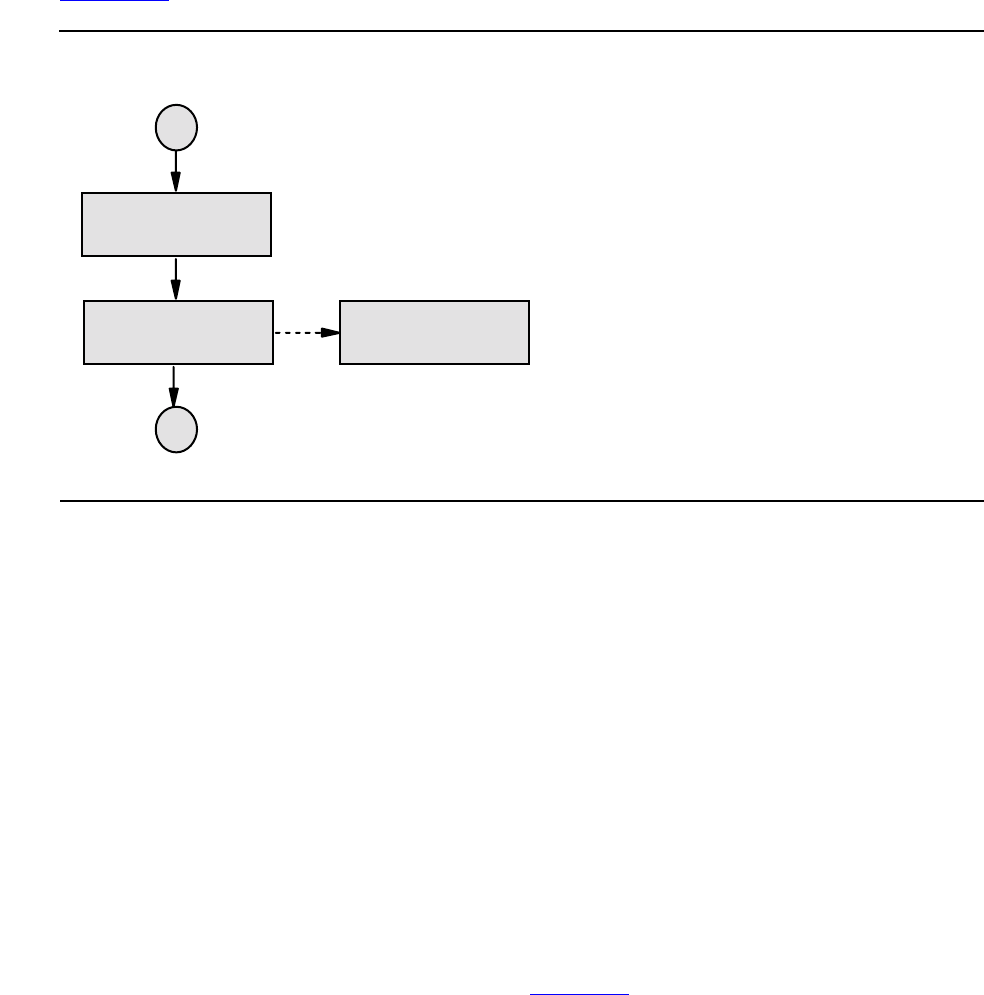Envoy Application Programming Manual
Table Of Contents
- What’s New in This Manual
- About This Manual
- 1 Application Programming With Envoy
- 7 ADM-2 Multipoint Supervisor Protocol
- 8 TINET Multipoint Supervisor Protocol
- 9 Burroughs Point-To-Point Protocol
- 10 Asynchronous Line Supervisor Protocol
- A ASCII Character Set
- B ASCII to EBCDIC Code Conversion
- C File-System Procedures
- D Statistics Messages
- E S-Series Changes to Envoy
- NonStop™ Himalaya S-Series Server Architecture
- G-Series Migration Considerations
- CBSENSEON and CFSENSEON Modifiers
- LEOTRESYN and NOLEOTRESYN Modifiers
- Treatment of Characters After the Termination Character
- Number of SYN Characters
- DTR Drop
- Reporting of Parity Error
- Half-Duplex Support for Asynchronous Lines
- Controller Replacement
- SYSGEN and COUP
- Unit Numbers
- FDX Line Changes
- No Support for Auto-Call Unit
- Glossary
- Index

ADM-2 Multipoint Supervisor Protocol
Envoy Application Programming Manual—427159-001
7-4
ADM-2 Multipoint Supervisor Selection
ADM-2 Multipoint Supervisor Selection
The supervisor selects a terminal and passes text to it by calling the WRITE procedure.
Figure 7-2 shows ADM-2 multipoint supervisor selection.
Retries
Operations are subject to transmission errors, such as longitudinal redundancy check
(LRC) parity errors, nonresponding terminals, and incorrect responses from terminals.
When these types of errors of are encountered, Envoy, on behalf of the application
process, retries the requested operation. Note, however, that not all operations are
retried. You can specify the maximum number of times that Envoy retries an operation
encountering an error indication when issuing the ADD DEVICE command (RETRIES),
and you can alter the number of retries with a call to the SETMODE procedure. If an
error condition persists after the operation has been retried the specified number of
times, an error indication is returned to the application process that requested the
operation.
Timeouts
The protocol uses timeouts to detect error conditions. You specify a timeout value for
each line when issuing the ADD DEVICE command. This value may be subsequently
altered by calling the SETMODE procedure. Table 7-2
describes the effect of the
timeout value during a WRITE or READ.
Figure 7-2. ADM-2 Multipoint Supervisor Selection
043CDT .CDD
2
Send Data to
Terminal
1
Format Message
CALL WRITE...










